What is Stuttering?
Stuttering affects the fluency or “flow” of one’s speech. It begins during childhood and, in some cases, lasts throughout life. Stuttering is characterized by disruptions in the production of speech sounds, also called “dysfluencies.” Most children produce brief dysfluencies from time to time and stuttering-like behaviours may occur as a child’s language skills develop. For instance, some words may be repeated and others can start with “um” or “uh.” Dysfluencies are not necessarily a problem although they can effect the child’s ability to communicate effectively when a child produces too many of them.
For children who stutter, their dysfluencies can have an impact on at least some part of their daily activities. For some children, stuttering may only happen during specific activities or times. For example, when the child is very excited or when they are very tired, their stuttering may appear worse. For most children who stutter however, their stuttering may occur across home, school and within their community environments and may impact the child’s participation in day-to-day activities. Children may start to worry because they are unsure how others may react to their stuttering and may try to hide their dysfluent speech by changing their words to avoid getting “stuck” (circumlocution), pretending to forget what they want to say, or simply refuse to speak.
Identifying stuttering in an child’s speech would seem like an easy task. Dysfluencies often “stand out” and disrupt a child’s ability to communicate. Listeners can usually detect when a person is stuttering. At the same time, stuttering can affect more than just a person’s speech patterns. It can hinder a child’s ability to communicate effectively and impact their self-esteem.
What are the signs and symptoms of stuttering?
Stuttered speech can include:
- Repetitions of words or parts of words
- Prolongations of certain speech sounds
- Some people who stutter appear very tense or “out of breath” when talking
- Speech may become completely stopped or blocked (with little or no speech occurring for several seconds)
- Ongoing use of interjections such as “um” or “like”
Some examples of stuttering include:
- “W- W- W- What are you doing?” (part-word repetition)
- “SSSSSSSee this.” (sound prolongation)
- “I’ll meet you – um um you know like – at recess” (a series of interjections)
The Role of the Speech-Language Pathologist:
No single factor can be used to predict whether a child will continue to stutter or not. As part of a stuttering assessment, the SLP will consider a number of factors:
- Is there a family history of stuttering?
- Has the stuttering continued for 6 months or longer?
- Does your child have other speech or language disorders?
- Does your child have concerns or frustration about his/her stuttering?
- How concerned are you and your family members about your child’s stuttering?
- Does your child’s stuttering seems to be getting “worse” (the types dysfluencies are changing and becoming more frequent?)
The combination of these factors can help your child’s school Speech-Language Pathologist decide whether treatment is needed or not at this time, or if your child’s stuttering should continue to be monitored.
Speech therapy for Stuttering
For some children who stutter, intervention is necessary. The school speech language pathologist will refer children to School Based Rehab Services (SBRS) for speech therapy.
Children living in Wellington County are referred to KidsAbility and Children living in Dufferin County are referred to ErinOakKids for School Based Rehab services.
Questions regarding your child’s status on the SBRS waitlist for speech therapy should be directed to the appropriate Children’s Treatment Centre. KidsAbility: 1 519-886-8886 ErinOakKids: 1 905-855-2690.
Adapted from ASHA resource on Stuttering
Resources
Video – Stuttering: For Kids, By Kids
Book on Stuttering for Children Ages 7 – 12
7 Tips for Parents: Talking with Your Child
The Stuttering Foundation: 7 Tips for Talking with Your Child

